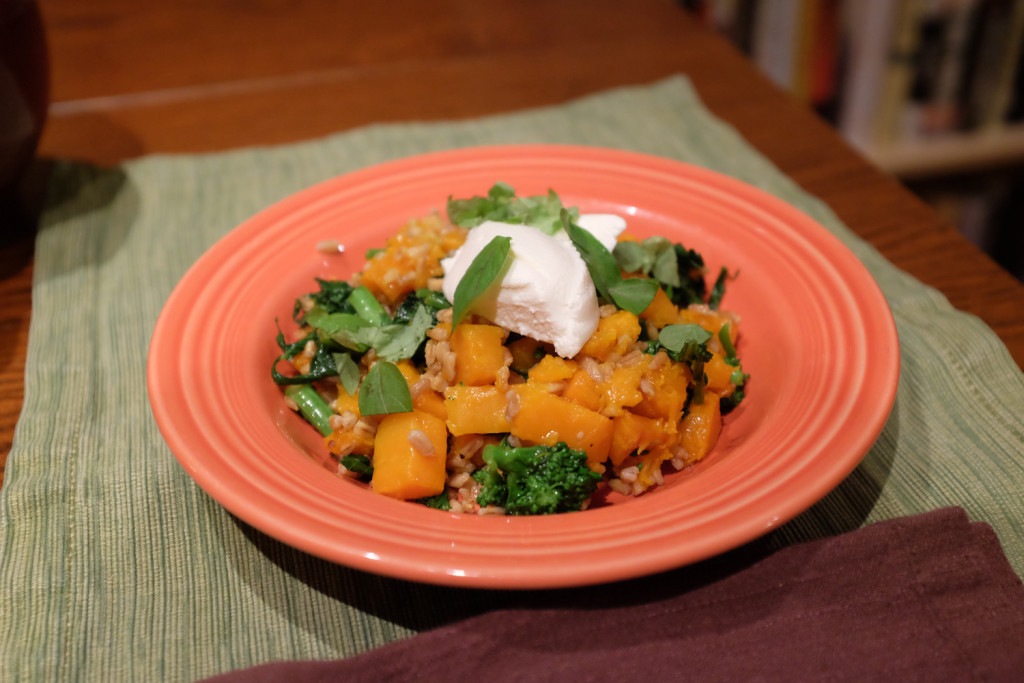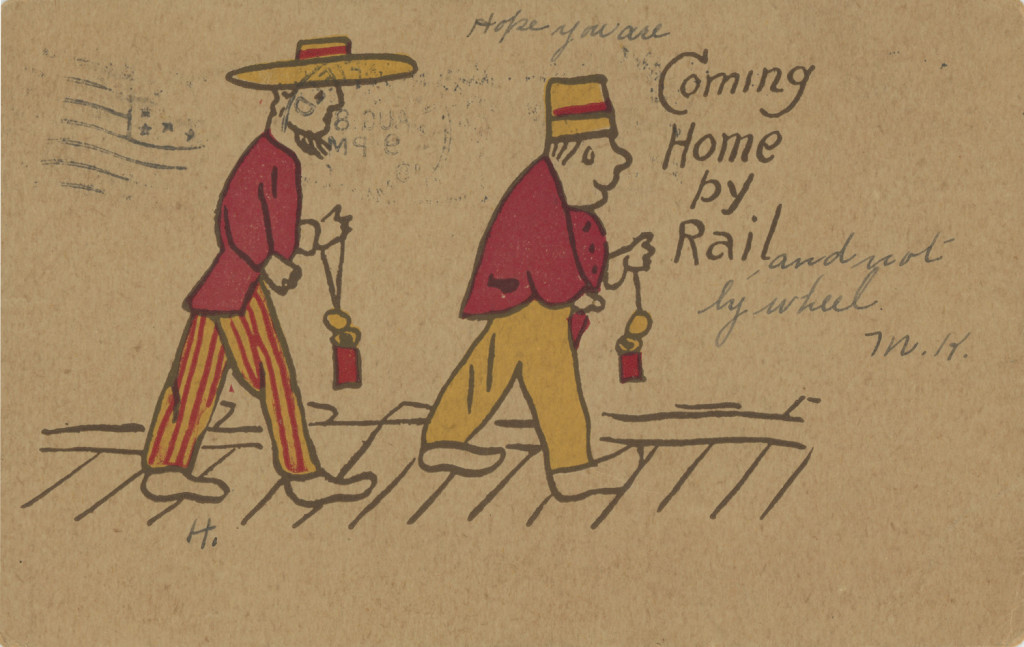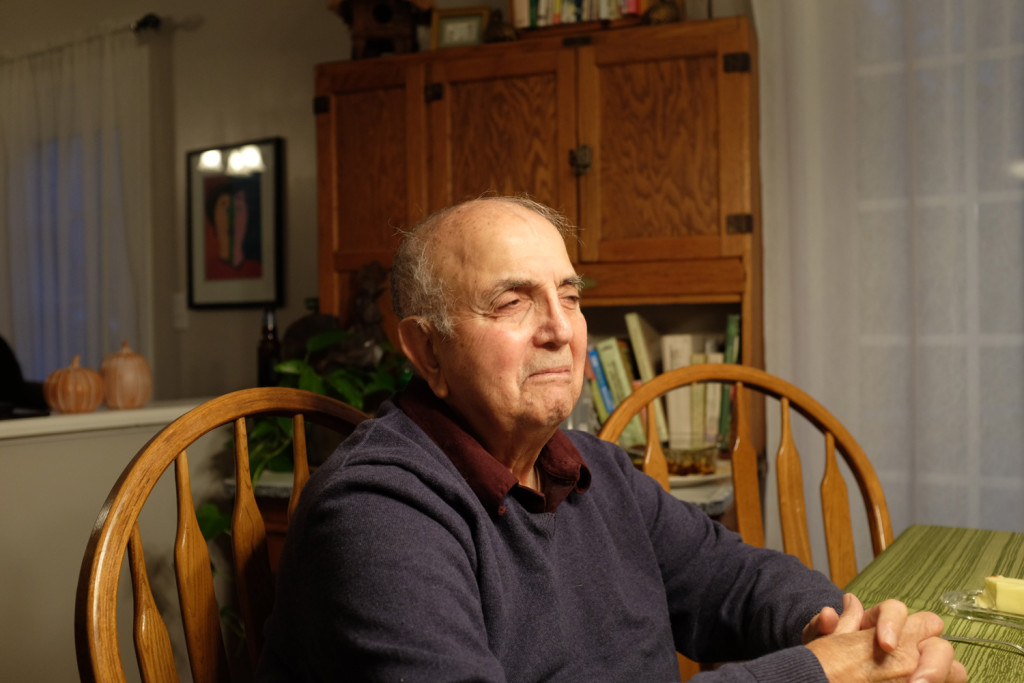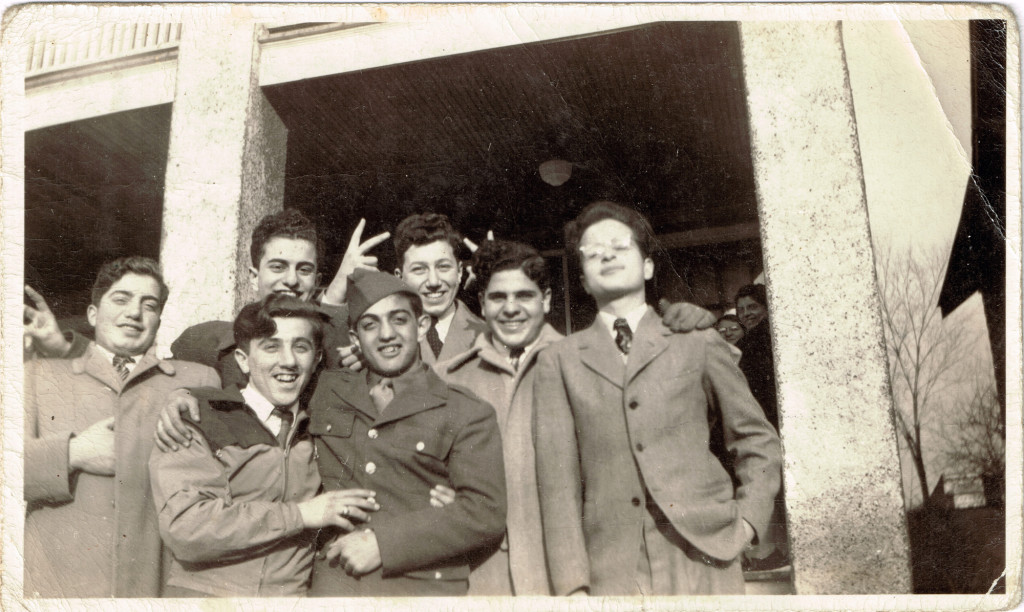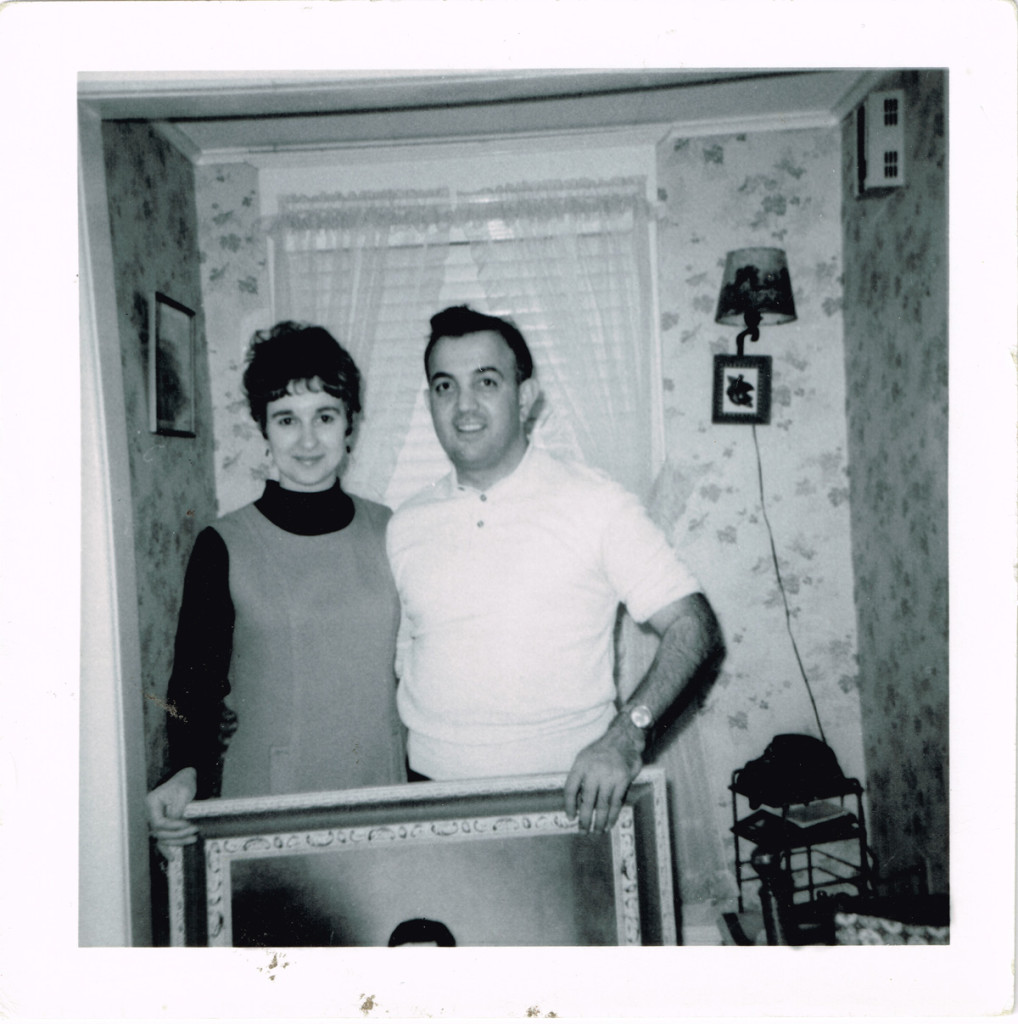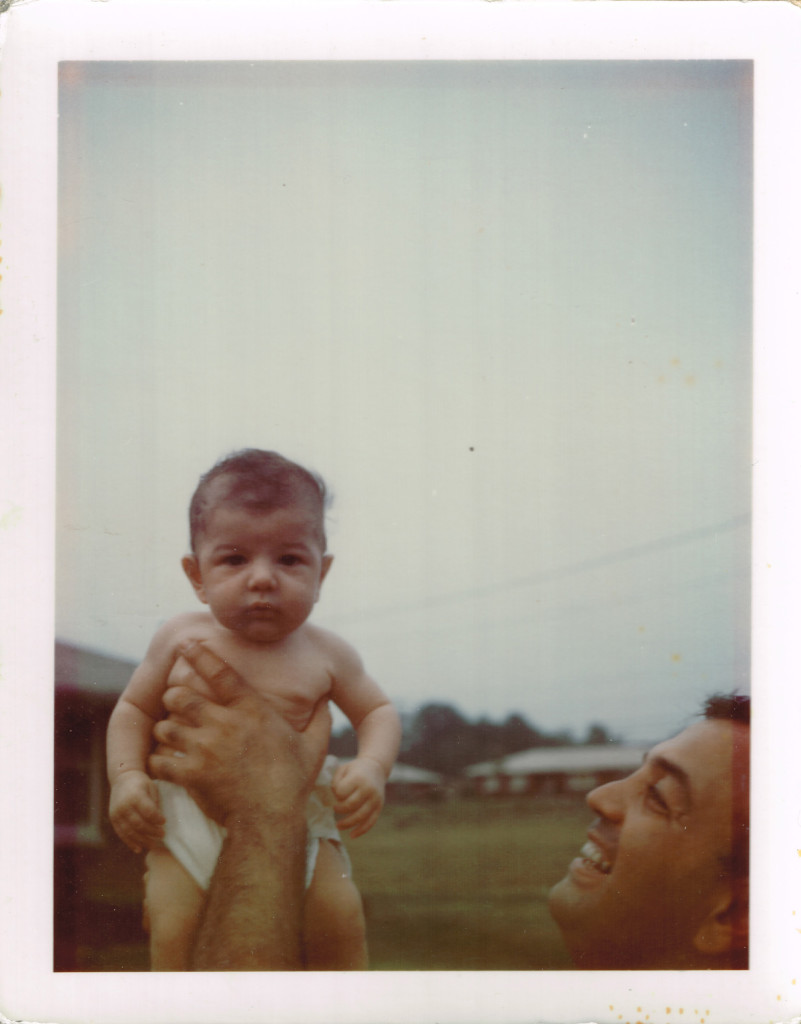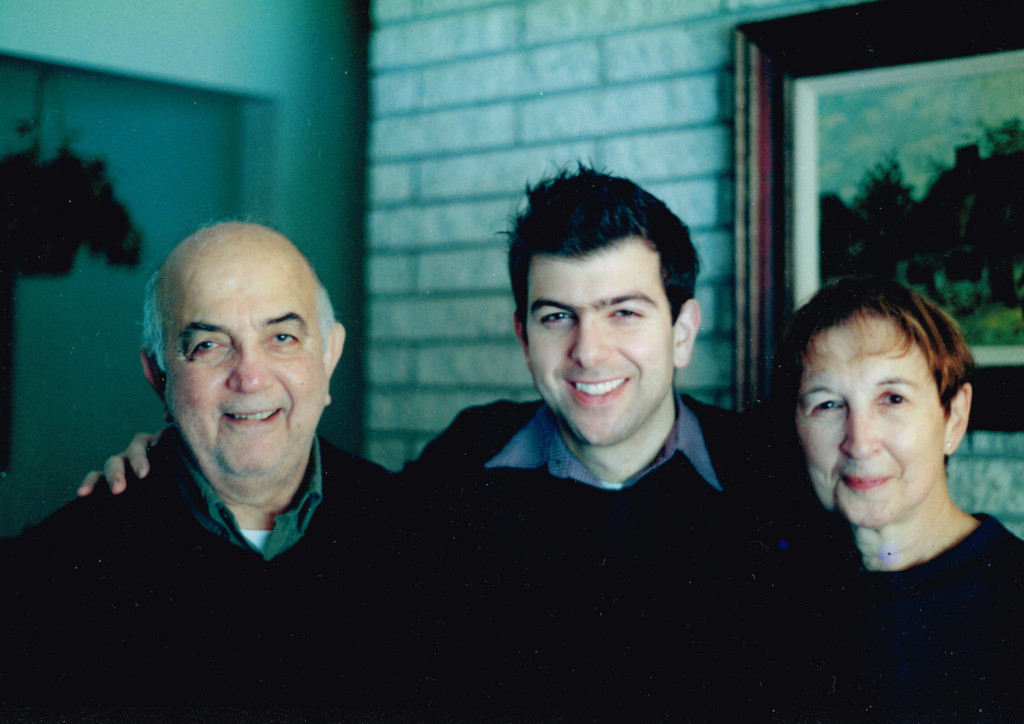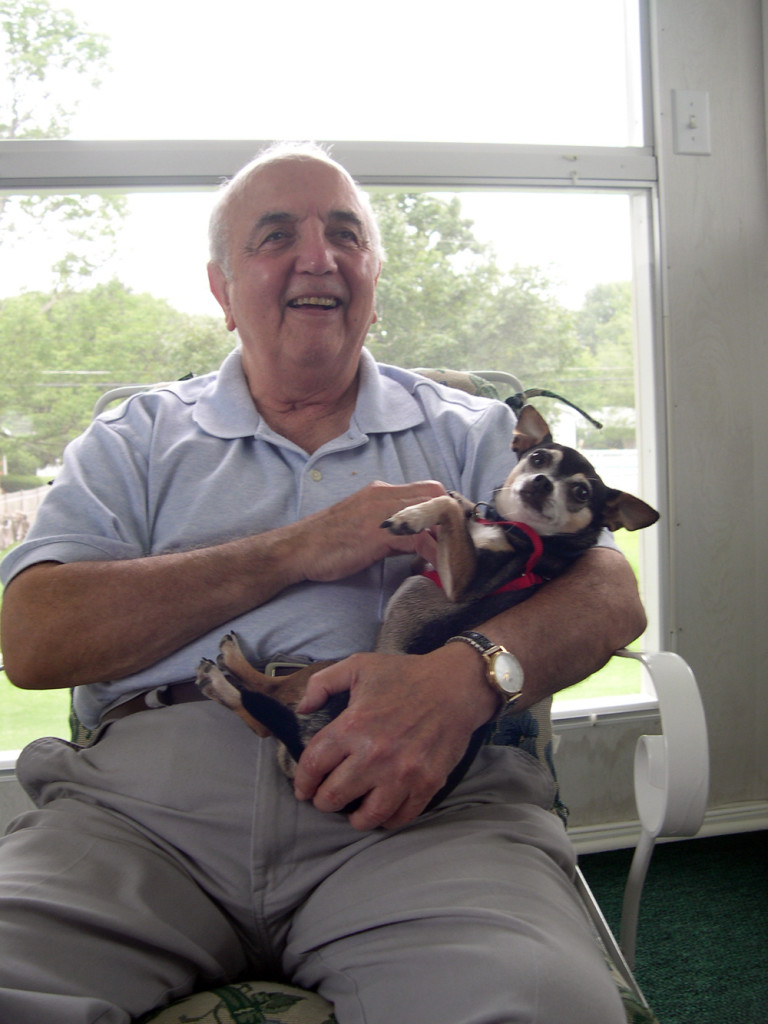A few weeks ago, I started writing “The Disenchantment of Literature in the Age of the Hit Counter,” a talk that I’m going to deliver at Reed College on March 30 and at the University of Portland on March 31. I found myself wondering whether there was a way to get a quick update of some of the statistics on literacy and reading in America that I collected in 2007, when I wrote an article called “Twilight of the Books” for The New Yorker, and I turned to the American Time-Use Survey (ATUS), which I remembered as one of the most solid sets of data, least subject to the very old-fashioned problem of respondents who lie and say they read more than they actually do. ATUS began in 2003, and it now has a decade of data.
The result is the chart above. In order to compile it, I had to do some arithmetic, which may not be entirely bulletproof, so let me explain. For some reason, in 2003 ATUS reported separate results for time spent reading by men and time spent reading by women, but didn’t report an average for the general population, so to come up with a single number, I weighted those results by what seems to have been the gender balance in America that year, 0.51 men to 0.49 women. In later years, ATUS reported separately time spent reading on weekdays and time spent reading on weekends and holidays, so to get a single average in those years I weighted the results by the ratio of 0.7 weekdays to 0.3 weekends and holidays. (I wondered whether ATUS was properly measuring reading on the internet, so I looked up ATUS’s coding rules for computer activity: “Code the activity the respondent did as the primary activity. For example, if the respondent used the computer to search for work, code as Job Search and Interviewing.” Presumably this means that if the respondent was using the computer to read, the time would be coded as reading, or rather, Leisure/Reading for Personal Interest.)
As you can see, what seems to be happening is a very slow, stately sinking. This is entirely consonant with a Dutch time-use study, much longer term, that tracked the time spent reading in the Netherlands for the first forty years after the introduction of television. I don’t know of an equivalent American study, but I imagine that the pattern in America resembled the one in the graph below.



